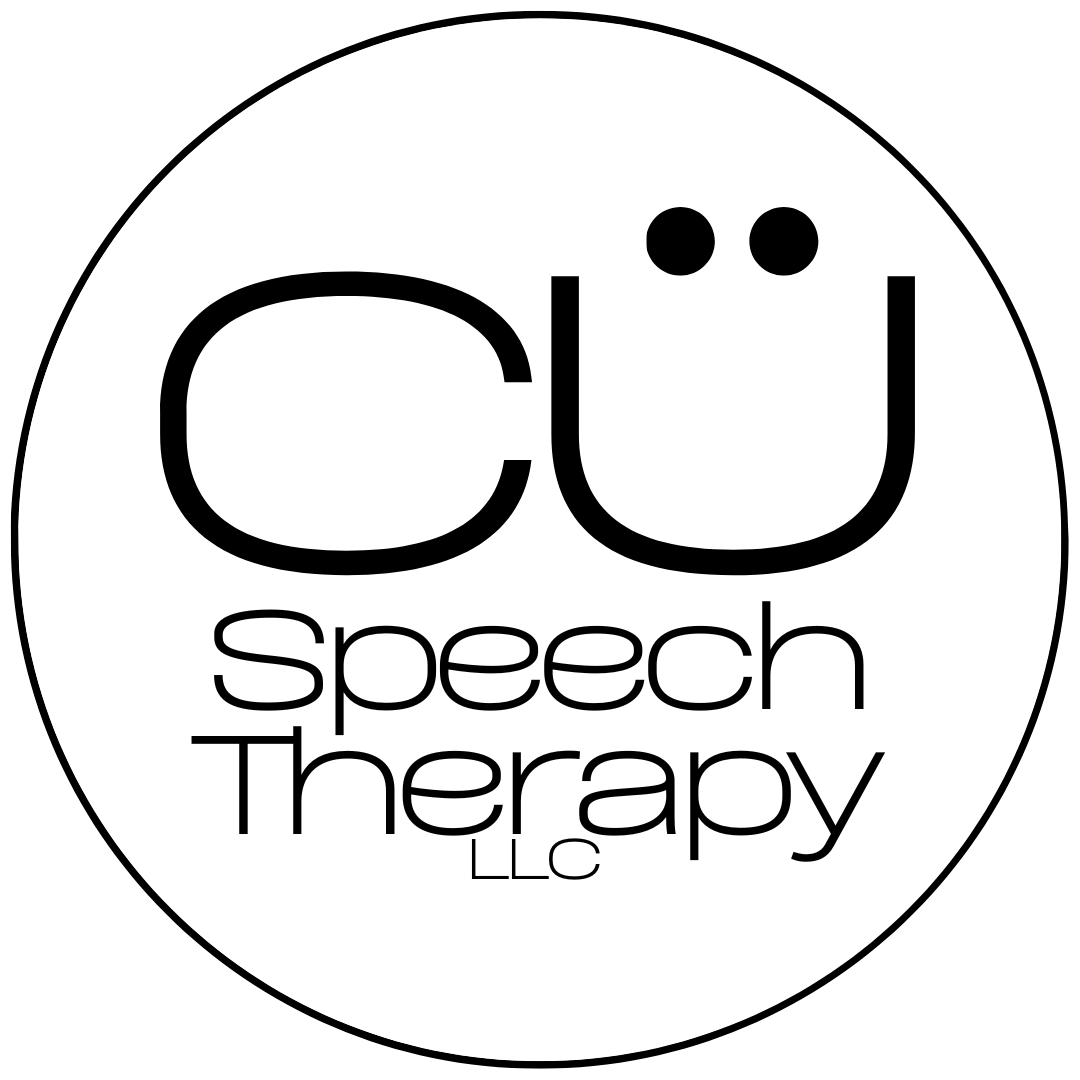
What to Expect During an Evaluation
Speech and language evaluations can include any combination of the following:
-caregiver report and case history
-standardized assessment(s)
-speech/language sample
-orofacial examination
-rapport-building activities
-elicitation/stimulability testing
-caregiver education and training
-more!
Components of the evaluation will be dependent on the reason for referral as well as the strengths/needs of each client. For some clients, an evaluation will be more play-based and rely on caregiver report and education/training. For other clients, the focus will be on standardized testing and a speech/language sample. No matter what, I try to get the most accurate picture of each client in order to best serve them moving forward.
Following each evaluation, a report will be written and shared with the client and/or their family. This report will outline the results of the evaluation as well as a treatment plan and goals for ongoing sessions, if necessary.
Evaluations range from 60-90+ minutes, not including report-writing time. Note: if there has been a recent evaluation, a full evaluation session may not be necessary.

What to Expect During Therapy Sessions
Speech and language therapy sessions can include any combination of the following:
-caregiver updates
-caregiver education/training
-rapport-building activities
-drill-based activities
-play-based activities
-providing home programming/”homework”
-review from previous sessions
-more!
Based on a speech/language evaluation, a unique therapy plan will be made. Therapy frequency, intensity, and duration will be set based on each client’s strengths/needs. Therapy is play-based and child-led and incorporates fun into learning. Caregiver involvement is important as well. Focus of therapy/goals may also change over time depending on the client and their progress/needs. I work with families to create a plan that best fits what their child needs.
Following each therapy session, a short progress note will be written to track goals and progress. This note can be shared upon request.
Therapy sessions are 30-45 minutes and range from 1 monitoring session per month up to 3 sessions per week.
What is the difference between speech and language therapy?
Speech Therapy
Helps with producing sounds accurately in order for people to understand what is being said. A child who needs speech therapy is usually diagnosed with one or more of the following: articulation delay or disorder, phonological speech delay or disorder, childhood apraxia of speech (CAS) or suspected childhood apraxia of speech (sCAS).
Language Therapy
Helps with understanding what is said as well as using and combining words to get a message across. A child who needs language therapy is usually diagnosed with a receptive or expressive language delay or disorder or a mixed language delay/disorder. Some children learn language one word at a time and build up to phrases and sentences and others learn longer phrases and sentences and then break them down into parts.
Some children need BOTH speech and language therapy!
